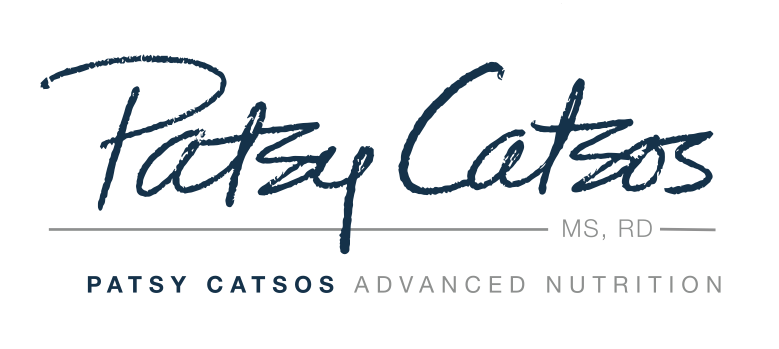A FODMAP elimination diet is more involved than simply following a list of low-FODMAP foods. Whether you are trying this dietary experiment for the first time, or getting ready for a do-over, today’s post will help you make the most of the elimination phase of your diet. The main goal of the elimination phase (low-FODMAP diet) is to learn whether you can get meaningful improvement in your symptoms on a low-FODMAP diet.
1) Choose the right time to begin. Start when you have some extra time to devote to label reading and cooking, and avoid times when other factors might impact your symptoms. For example, if you experience menstrual-related cramps or diarrhea, begin just after they abate. If you have a cold or flu, or are taking antibiotics, wait until they are finished to begin. If you tend toward constipation, start immediately after you’ve had a complete bowel movement.
2) You will learn more the closer you stick to the plan. While the whole project isn’t ruined if you make a mistake, or must eat a high-FODMAP meal to avoid going hungry, you won’t get the full effect of what a low-FODMAP diet can do for you if you make too many exceptions. Yes, this means planning ahead more than you may be used to, and bringing more food with you when you are away from home. Snacks may need extra attention.
"I eat apples every day and they aren't a problem." OK, maybe you're right, but rather than letting that assumption get in the way, consider letting the FODMAP elimination and reintroduction process do its work to prove it.
3) Don’t let your assumptions get in the way. It may be tempting to keep eating foods, even during the elimination phase, that you don’t think are problems (bread...apples...we're talking about you!). How can you be sure, though, between the delayed time-frame for symptoms that tend to occur with FODMAPs and the influence of other FODMAPs consumed/not consumed at the same time? Isn’t that the point of this whole process? Be honest, if you already knew what all your trigger foods were, you wouldn’t need this diet. Maybe you’re right, but I recommend you let the program do its work to prove it. You wouldn't be the first person to be surprised by the results.
4) Consume a wide variety of low-FODMAP foods during the elimination phase. This will keep your nutrient intake varied, and make the program more enjoyable as well. Reject all the fear-based headlines you’ve read about not eating this-or-that food and stick to the facts: multiple studies have now shown that a large majority of people with IBS feel better on low-FODMAP diets. Of course, there can be individual factors that require limiting or avoiding certain foods. If you have a medical reason to avoid any food in the low-FODMAP pantry, work with a nutrition professional to modify the low-FODMAP phase of your elimination diet.
Ready, set, go!
Do you have questions about whether you are a good candidate for a FODMAP-elimination diet? Discuss this article or review pages 27-30 in The IBS Elimination Diet and Cookbook with your doctor or dietitian. Or schedule a one-on-one visit with me to talk it over.
This page may contain affiliate links. We are a participant in the Amazon Services LLC Associates Program, an affiliate advertising program designed to provide a means for us to earn fees by linking to Amazon.com and affiliated sites.
First published on Dec. 29, 2017. Edited and republished on Jan 19, 2024.


